Chapattis
Makes 8
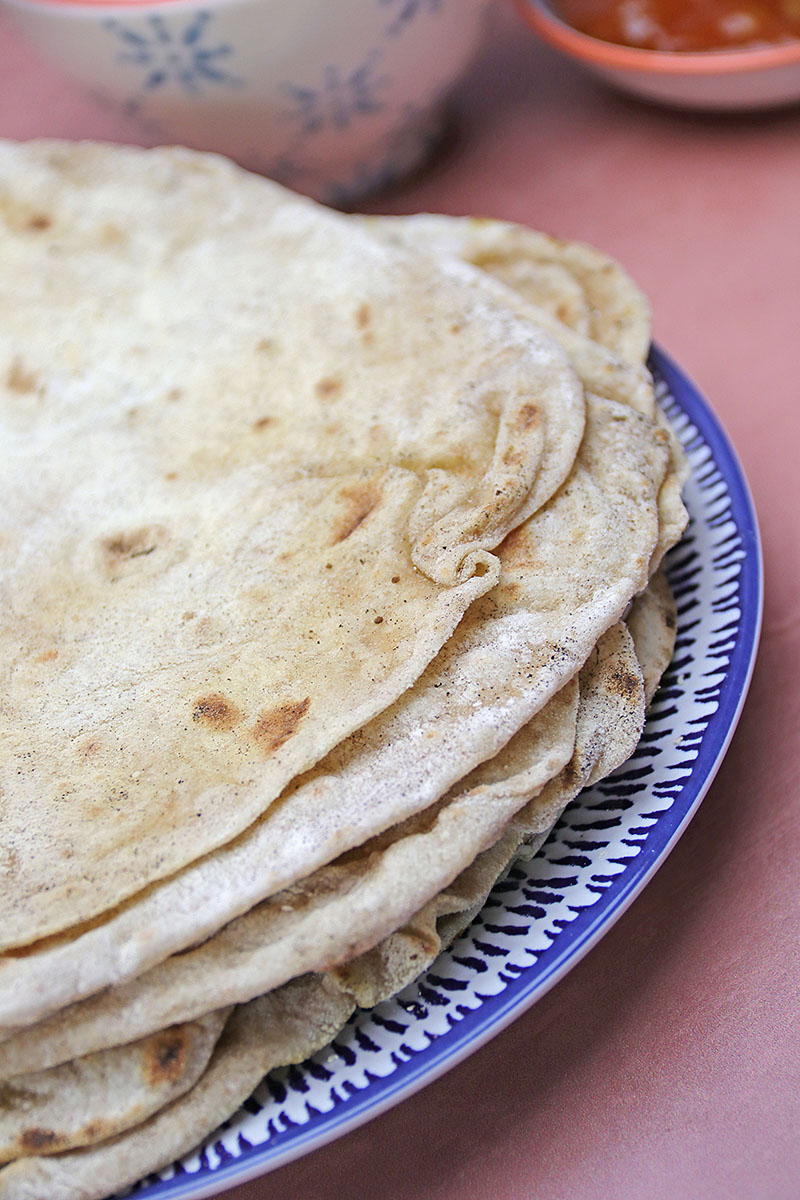
A chapatti or two (or three…) is the perfect accompaniment to a curry or lentil-rich dhal. The unleavened Indian flatbread can be used to scoop, dip and generally mop up all manner of spice-laden sauces.
To cook the chapattis you’ll need a heavy-based frying pan, it can be non-stick or cast iron but it does need to be able to be heated to a high temperature.
Ingredients
- 200g atta flour (see notes)
- ¼ tsp of salt
- 1 tsp vegetable oil
- 150ml warm water
,What can I use if I don’t have atta flour?
We have tried various combinations and ratios of regular flours and have found a solution that is a close approximation.
One quarter wholemeal flour and three-quarters white bread flour gives acceptable results. Therefore for this recipe, use 50g wholemeal plus 150g white bread flour.
There’s enough gluten to allow the chapatti to puff up, the texture is soft and the flavour is good, although not quite the same as you get from atta flour.
Method
Make a well in the centre, add the oil and water and mix into a rough dough, now using your hand, knead well for 5 minutes.
Divide the dough into 8 portions and apply a little oil to the top of each piece. Cover with a damp cloth and leave the dough to relax for 15-20 minutes.
Flour your work surface heavily.
Take a piece of dough, put it onto your work surface and flatten with the palm of your hand. Dip the dough into some flour and shake off the excess.
Take a rolling pin and roll out the dough into a circle measuring 15cm (6 inches) in diameter.
Take the now rolled chapati dough and ‘clap’ it from one hand to the other to remove excess flour. It doesn’t matter if some flour remains but too much left behind will burn.
Repeat with the remaining dough pieces.
To cook the chapattis you’ll need a heavy-based frying pan, it can be non-stick or cast iron but it does need to be able to be heated to a high temperature.
Set the stove to medium-high to heat the pan.
Cut a piece of greaseproof paper large enough to fold over and enclose your cooked chapattis.
Place the chapatti in the pan. When some large bubbles start to appear, turn the chapatti over to cook the other side and cook for a further 30 seconds.
When some brown spots start to form on the bottom of the chapatti, flip it over again, it should now begin to inflate.
As the chapatti puffs up, tap it with a spatula/fish slice to let out the hot air. This will help to avoid burning the part of the chapatti that is in closest contact with the pan.
Flip the chapatti a few times until it reaches the desired colour and remove it from the pan and place on the greaseproof paper. Fold over the paper to cover while you continue to cook the others.
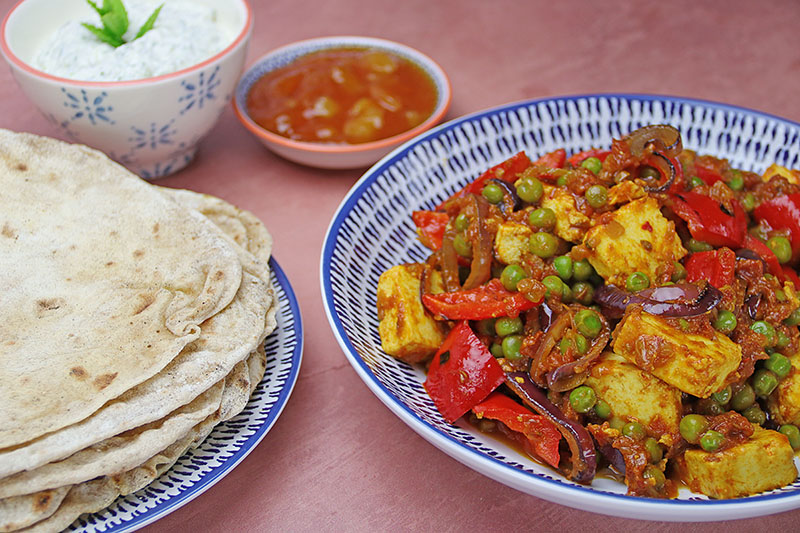
What is atta flour?
Atta flour (or chapatti flour) is a type of Indian stoneground wheat flour. The milling process generates a fair amount of heat which causes more starch damage than the roller milling method – as is the usual means of commercial mass production.
In this case, starch damage is good and the outcome creates the release of flavour which is special and essential to a good-tasting chapatti.
Atta flour contains approximately 12% protein, the gluten which forms during kneading making the dough more pliable and stretchy. This property is very desirable giving the ability to roll out the dough thinly without it breaking apart.
Atta flour is now readily available in most supermarkets and of course, if you’re lucky enough to have a specialist Indian/Asian shop nearby, you’ll definitely be able to buy it there.
Foods in Season
See which foods are in season and at their best using our guide >>>
Try these recipes…
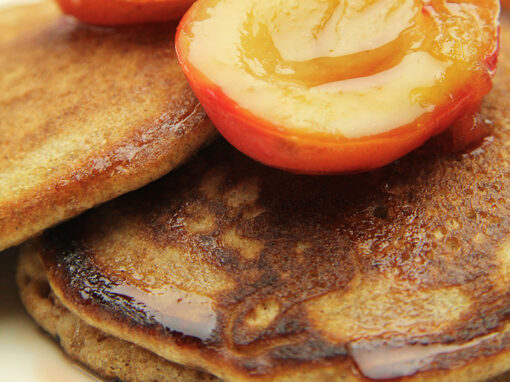





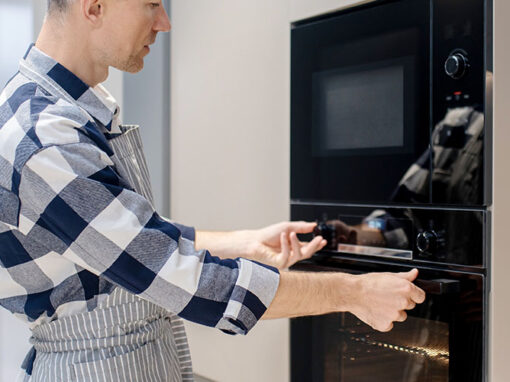
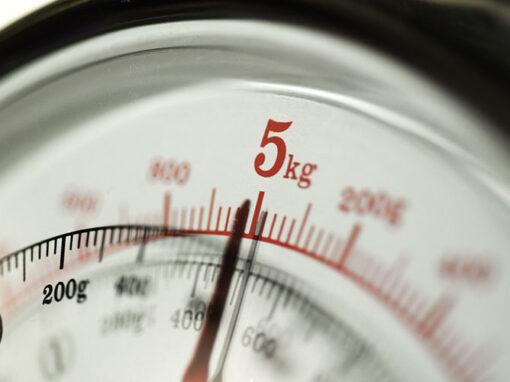
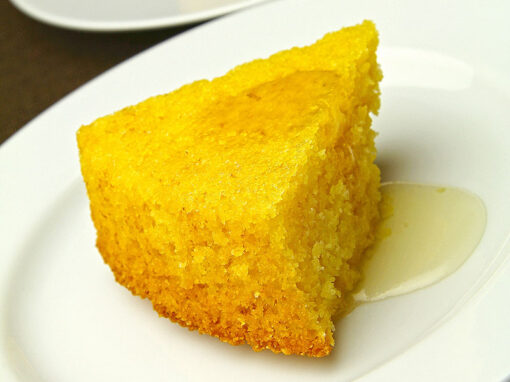
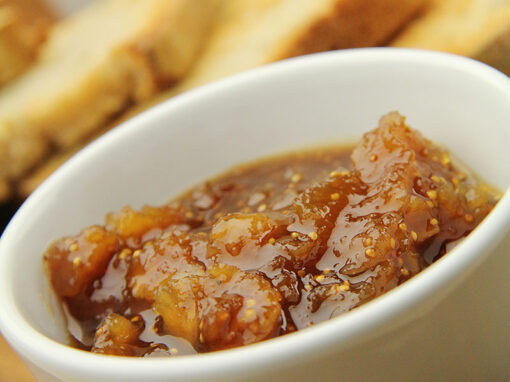

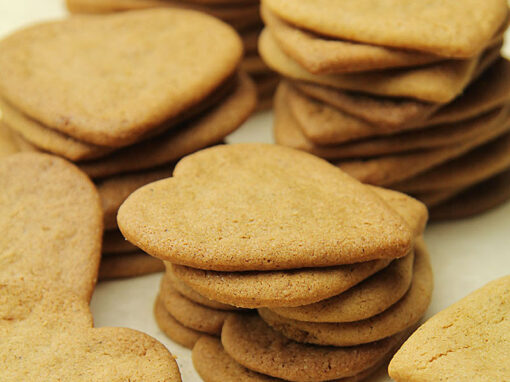

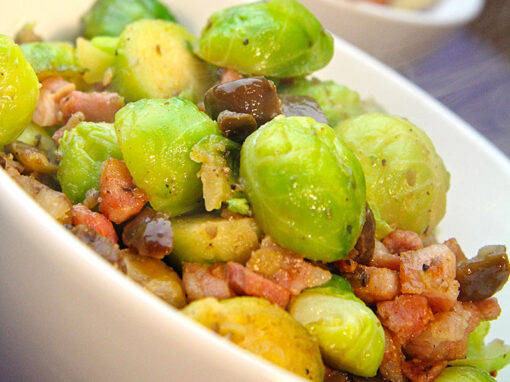
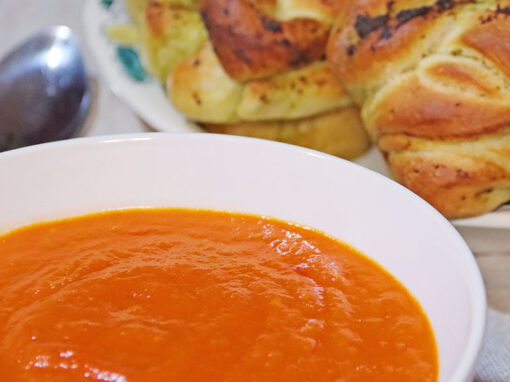
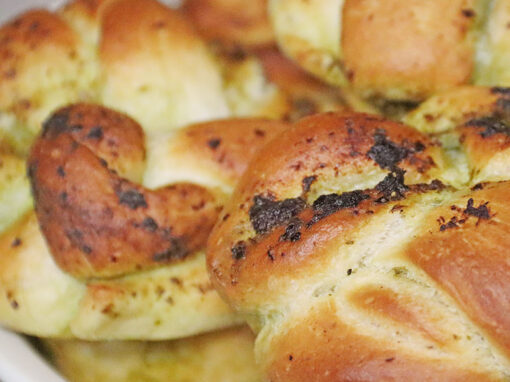
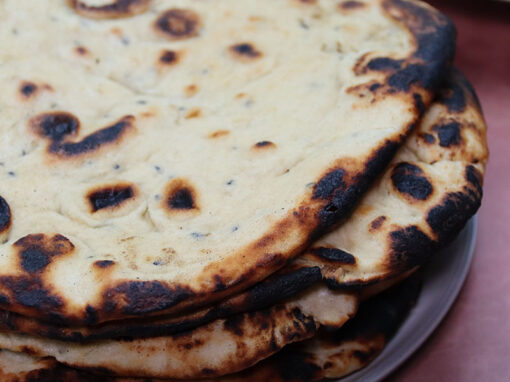
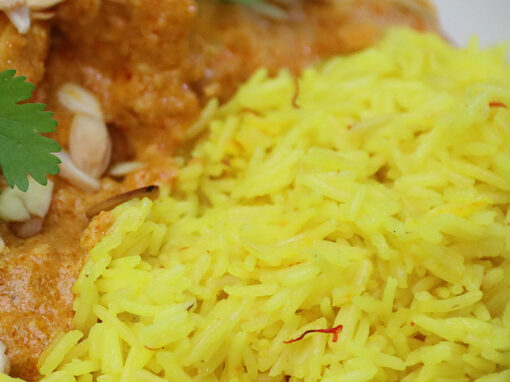
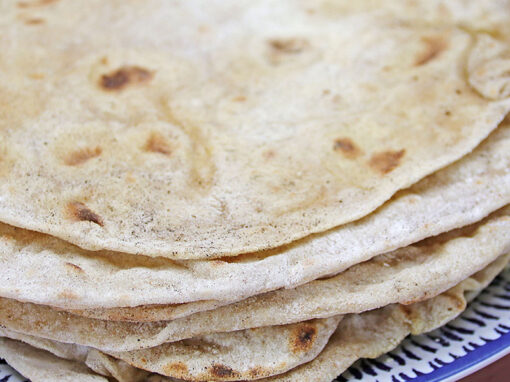
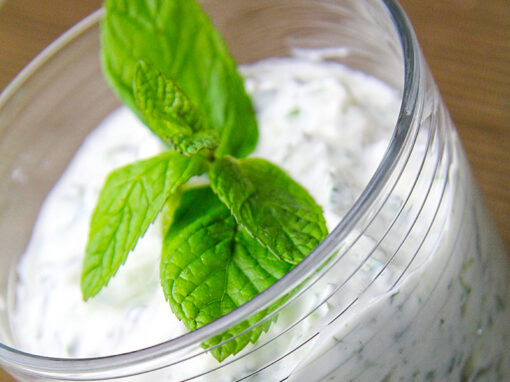
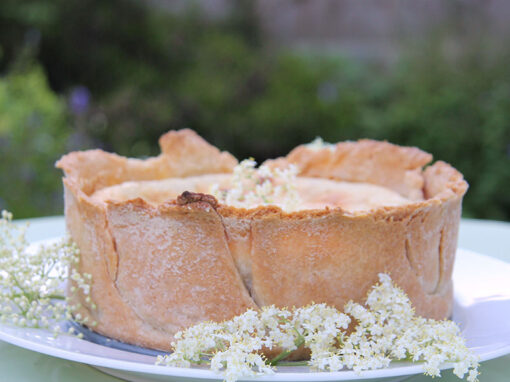

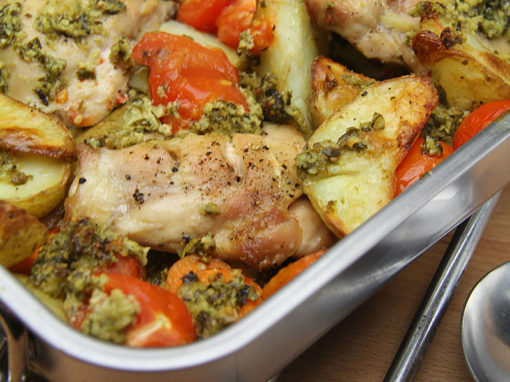
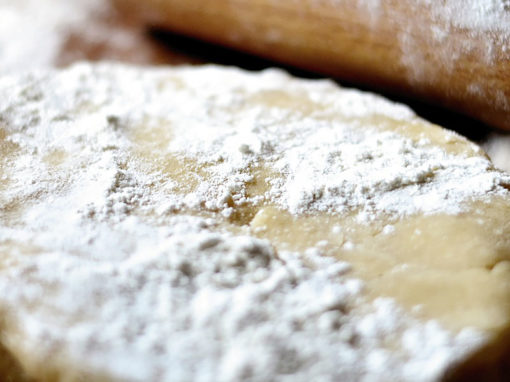


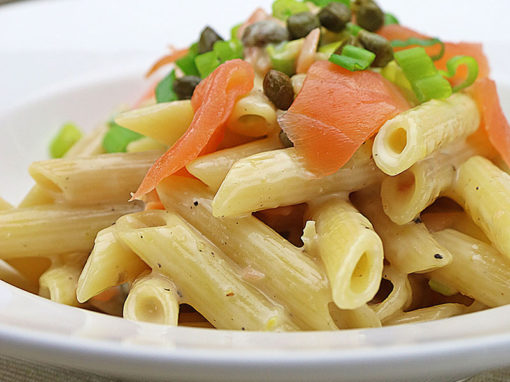
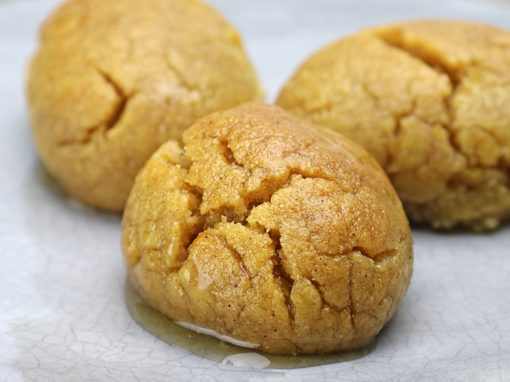

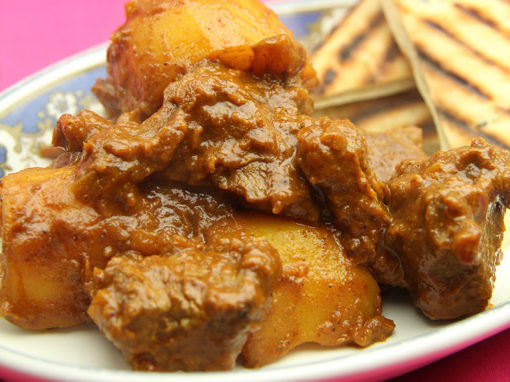
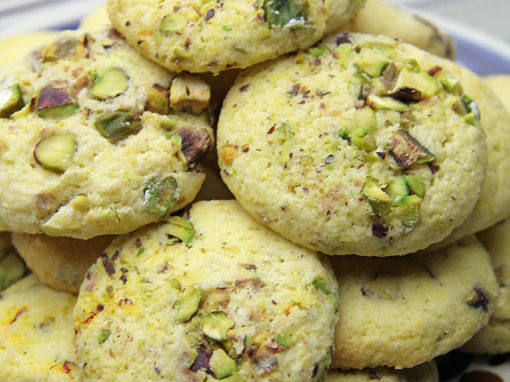
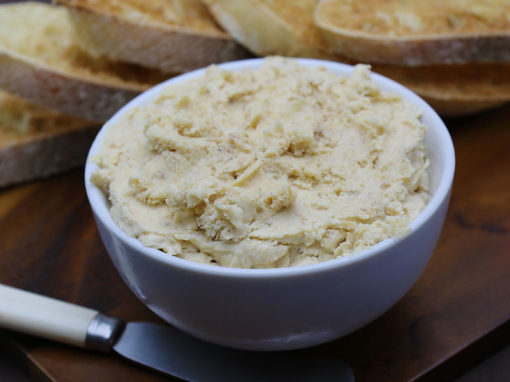

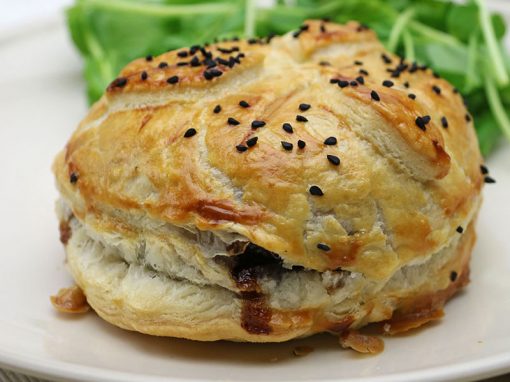

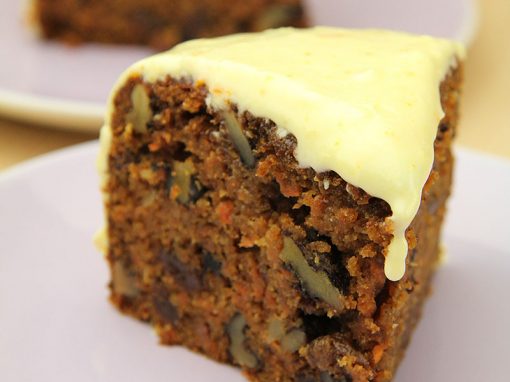
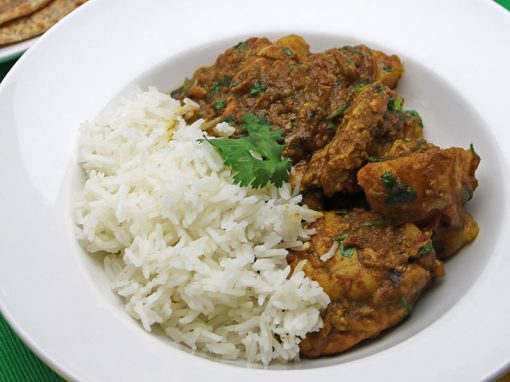
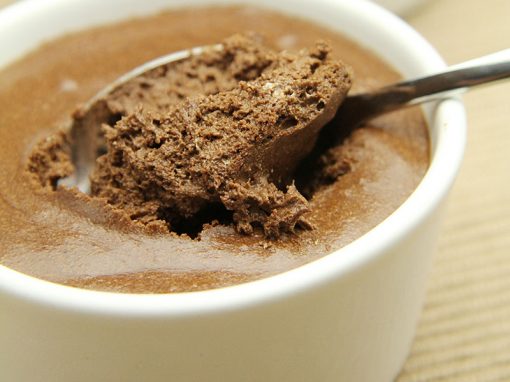
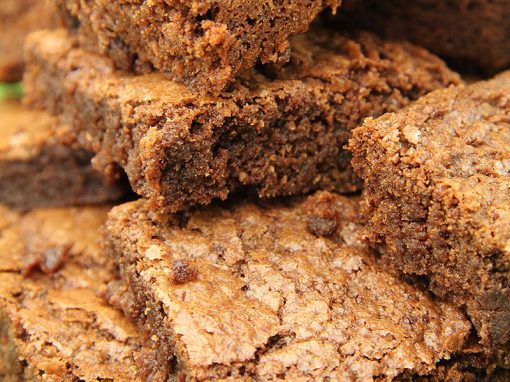
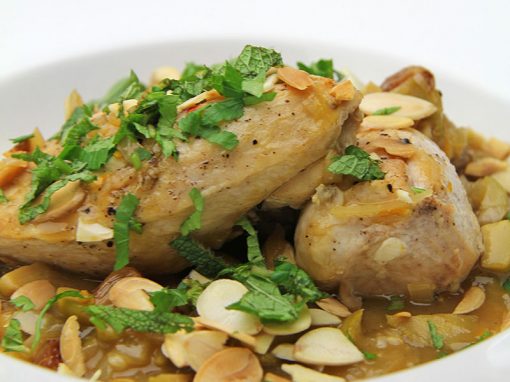

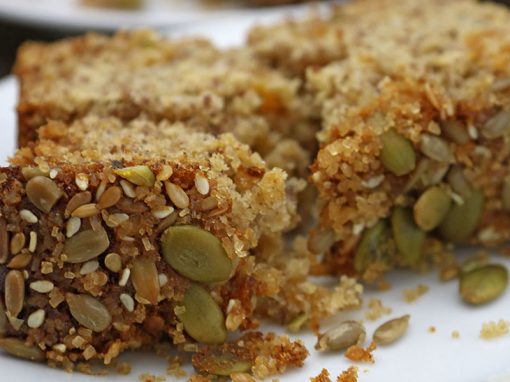
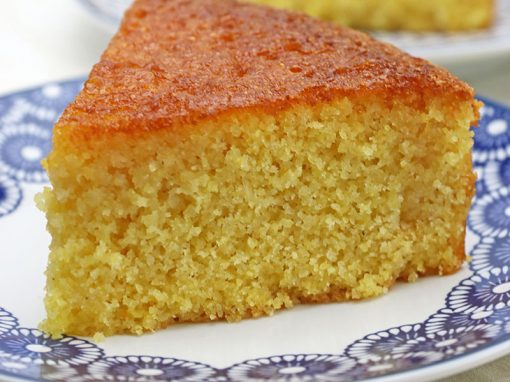
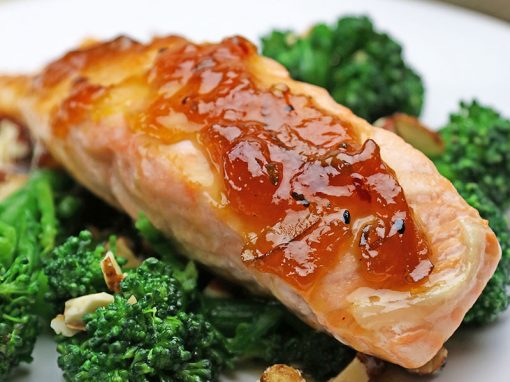
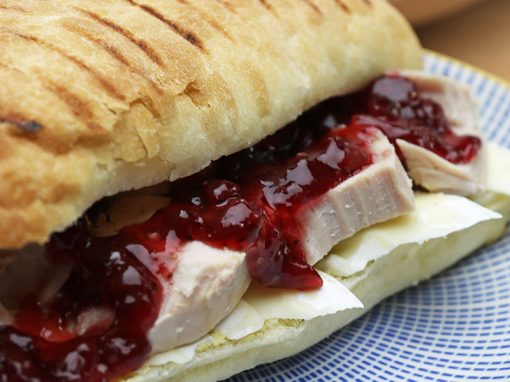

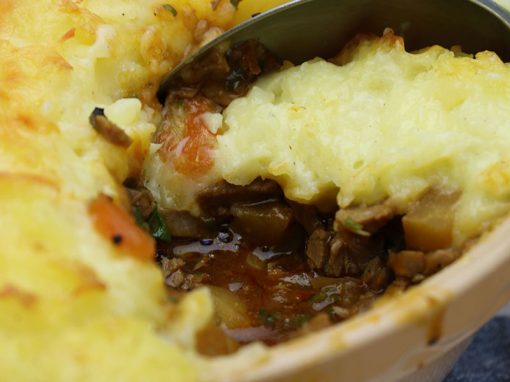
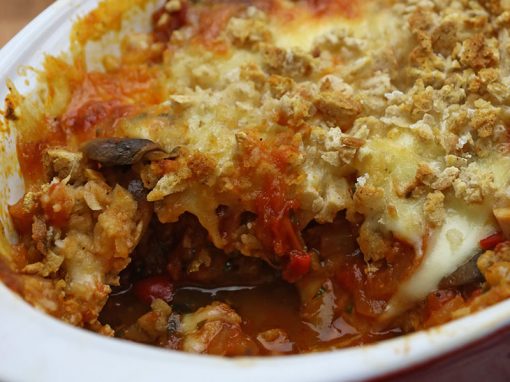
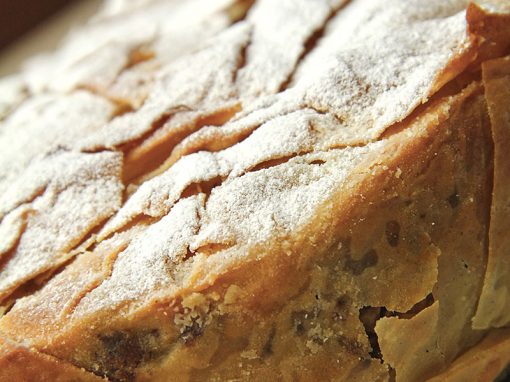
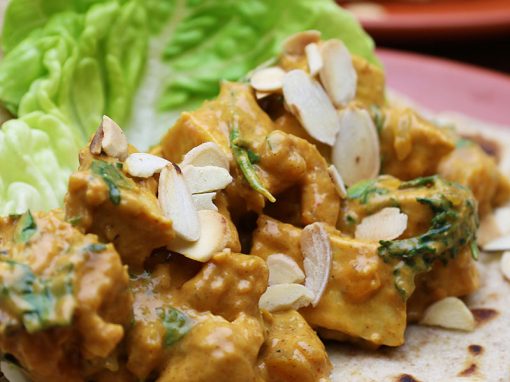
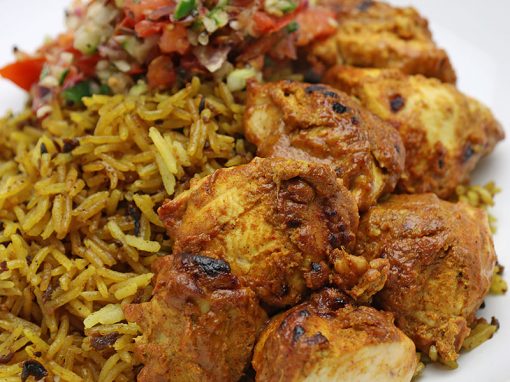
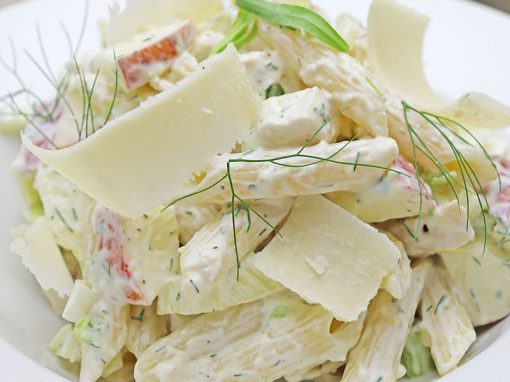
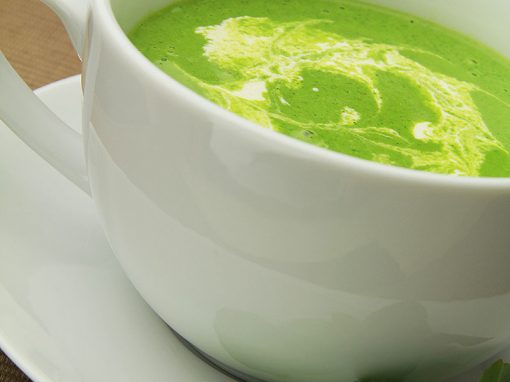

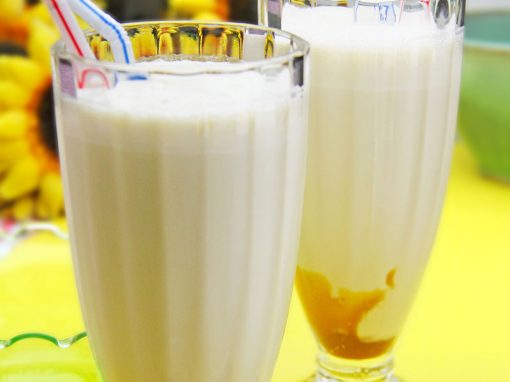
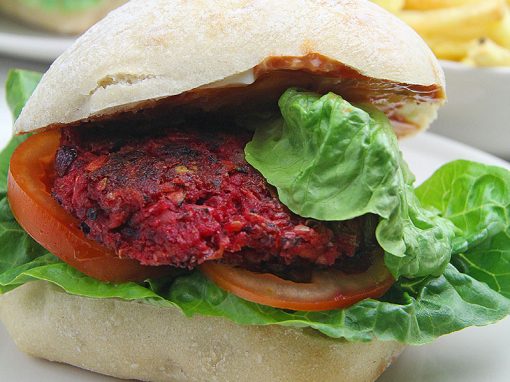



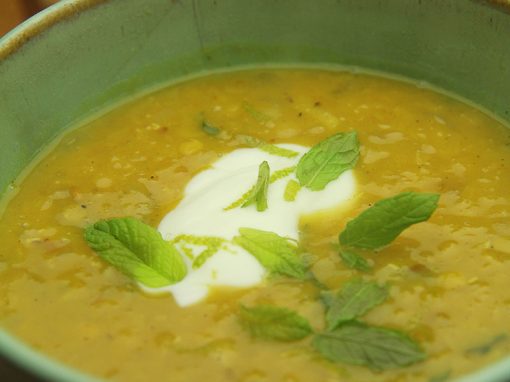
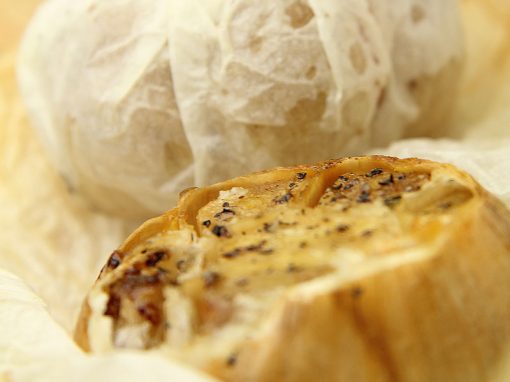
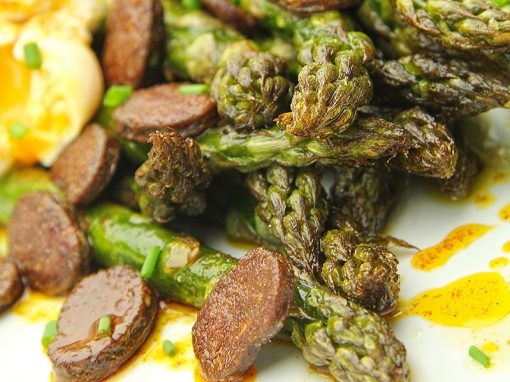
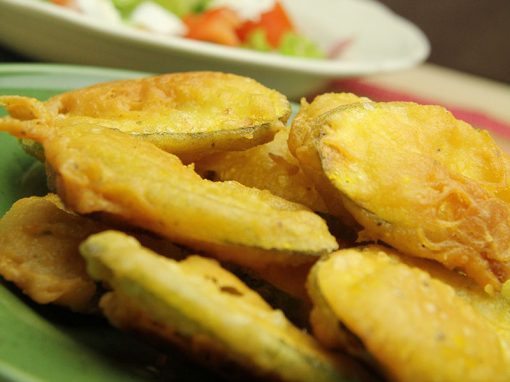
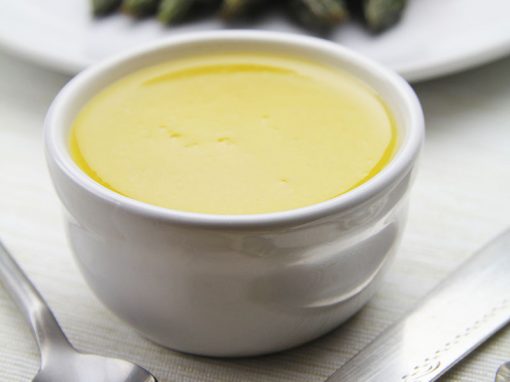
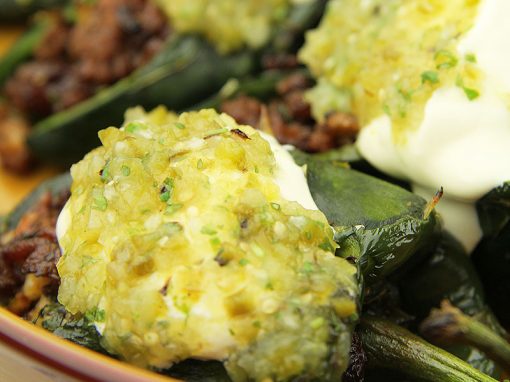
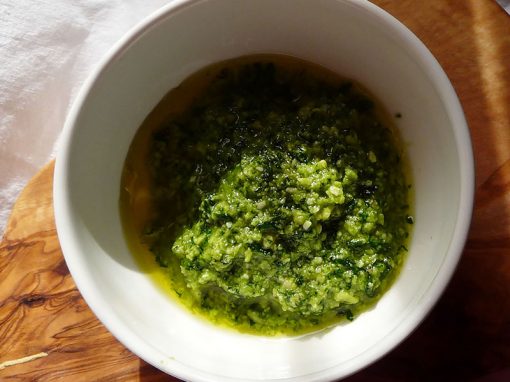
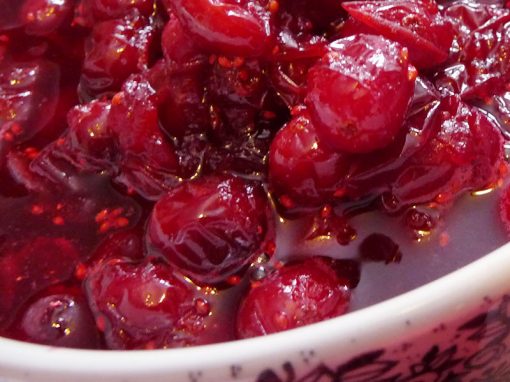
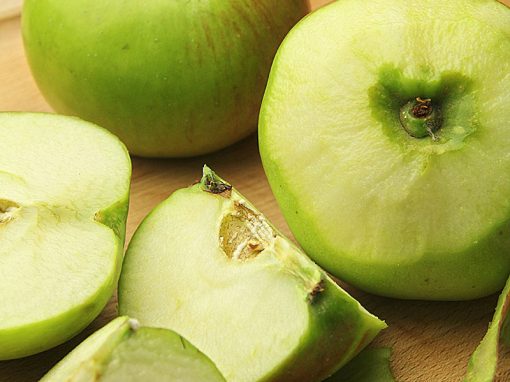

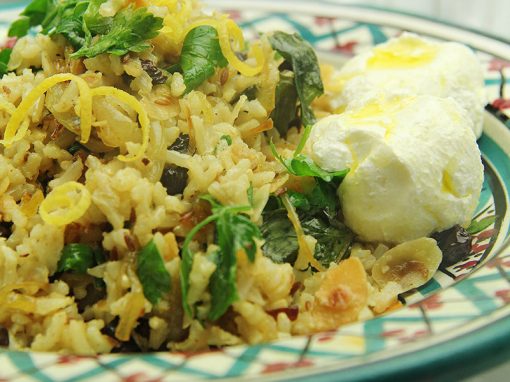

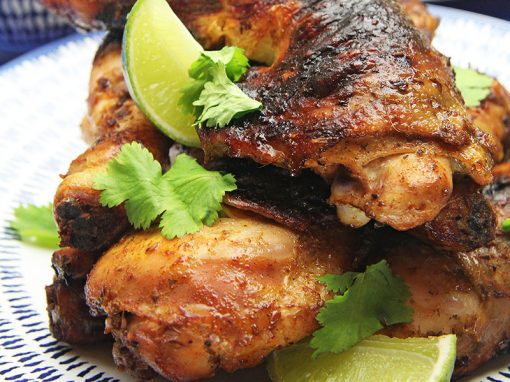
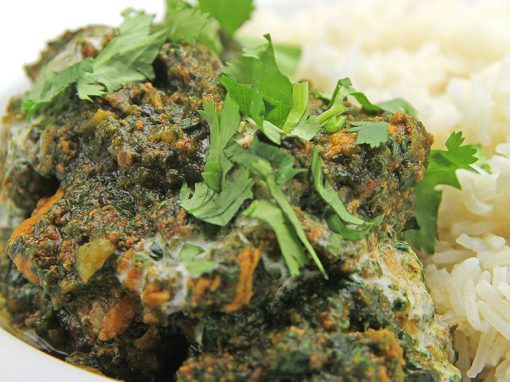
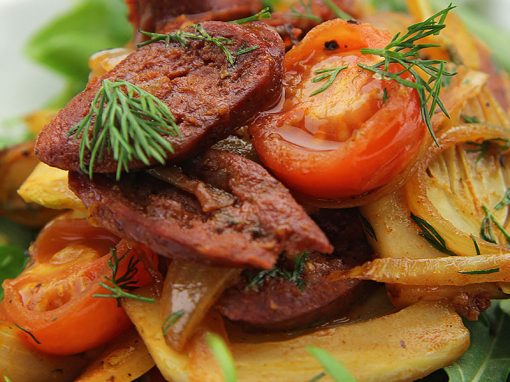


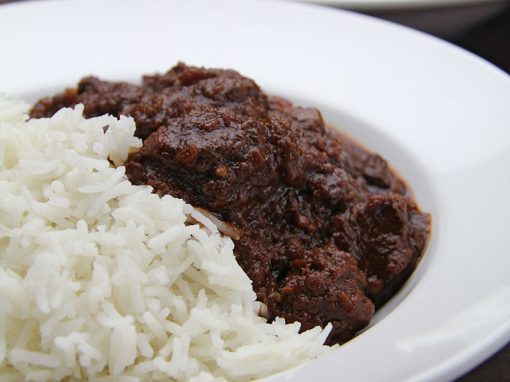


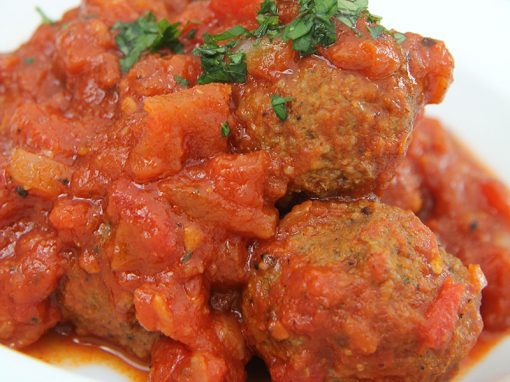


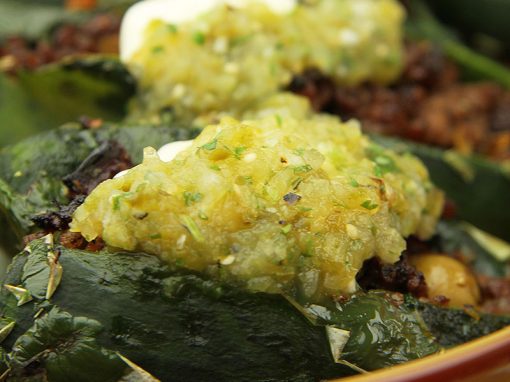

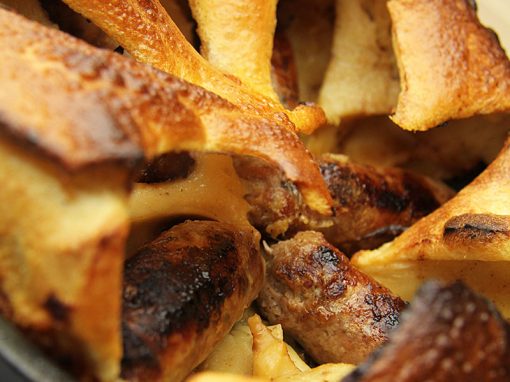
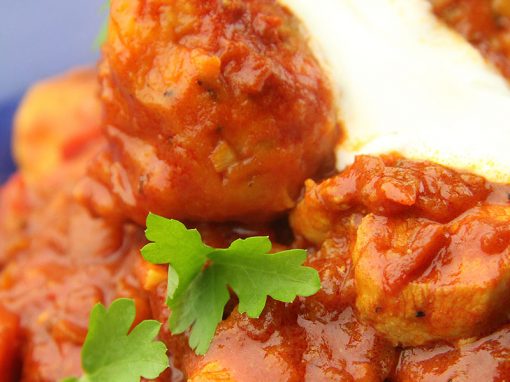
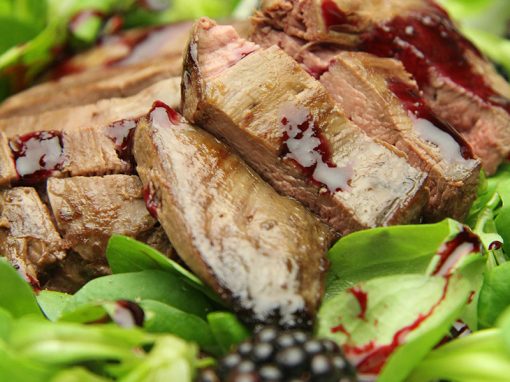
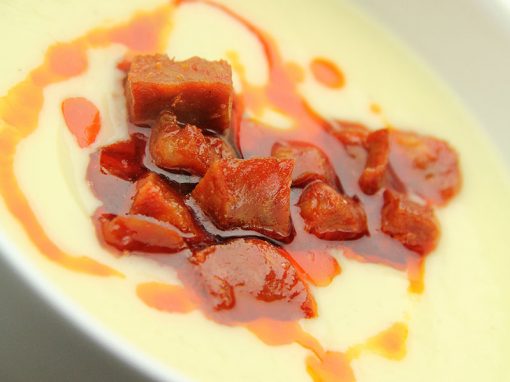
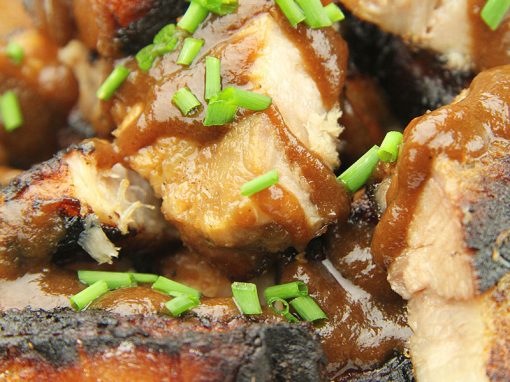
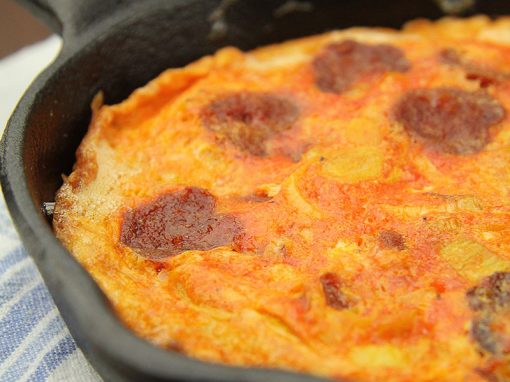
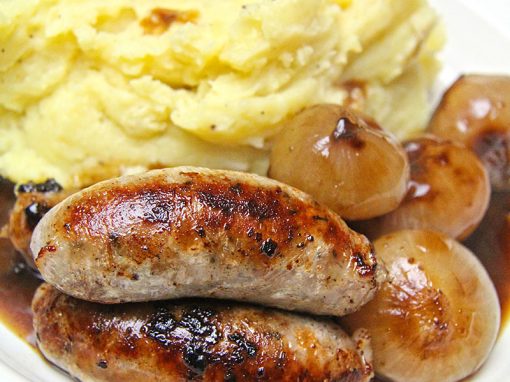
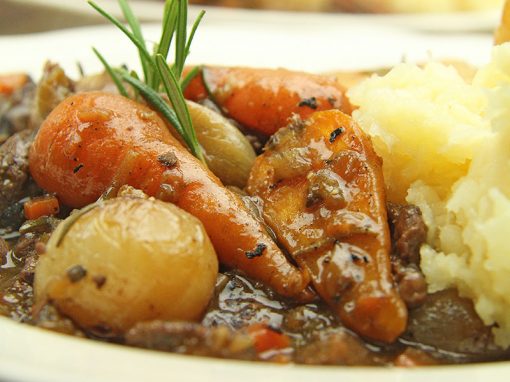

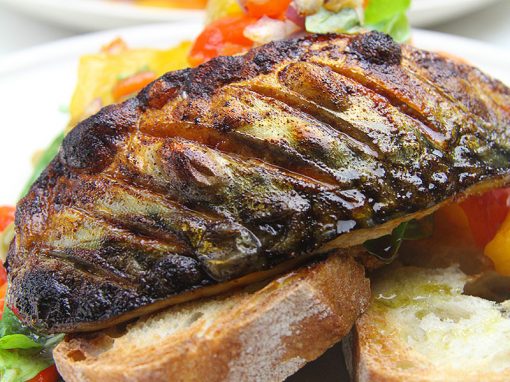
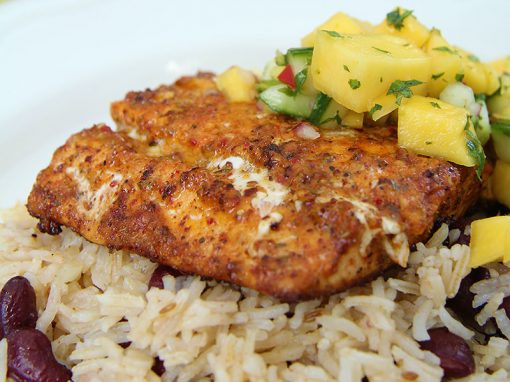
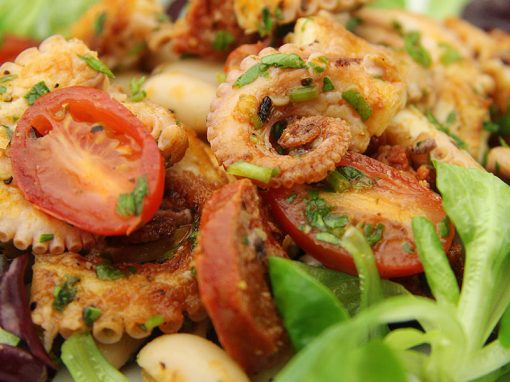
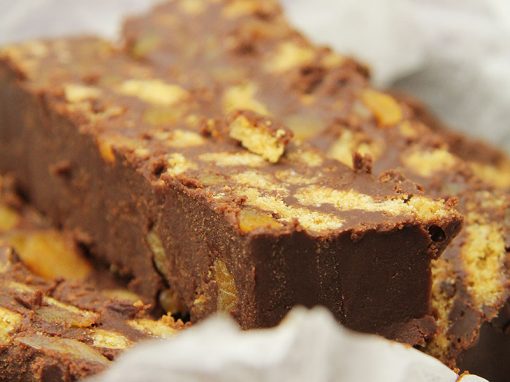
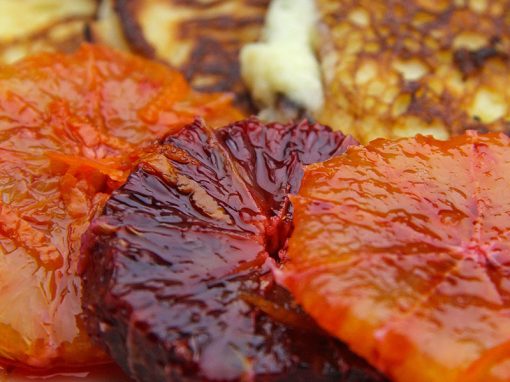
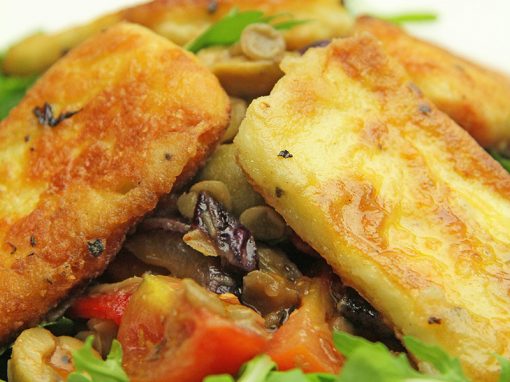
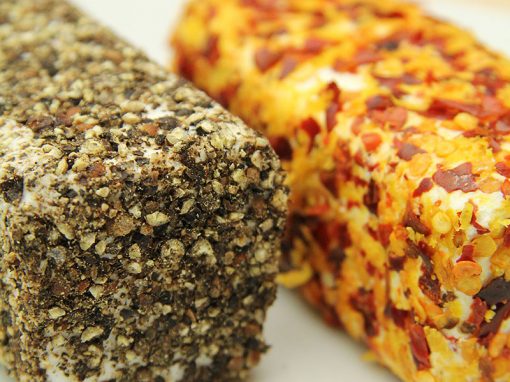





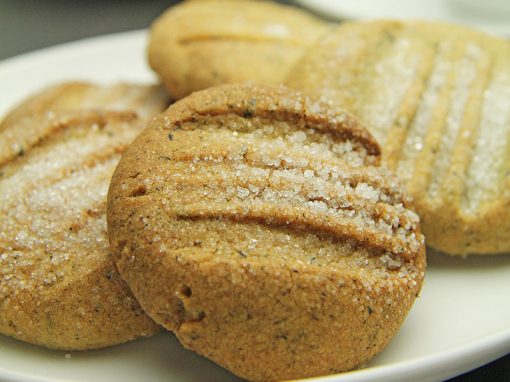
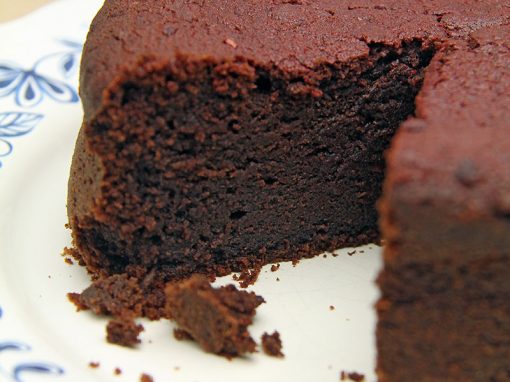
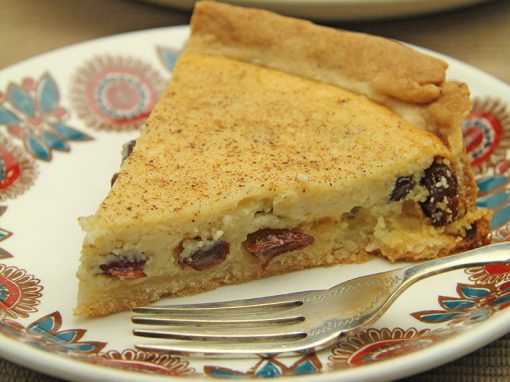

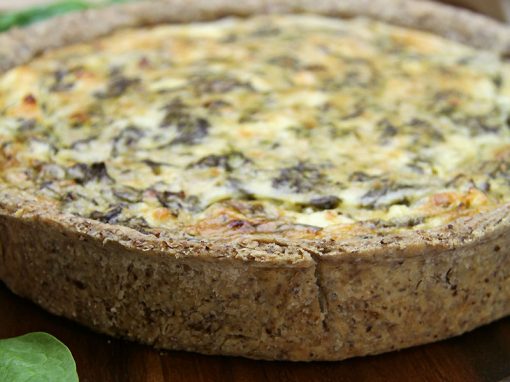

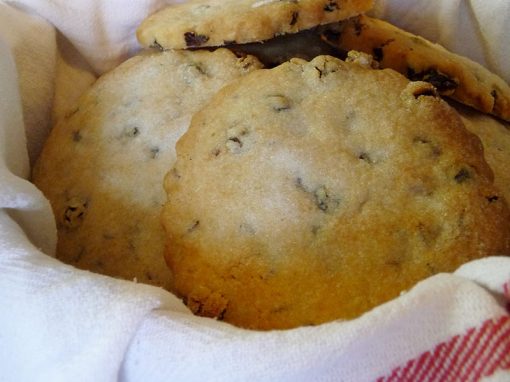
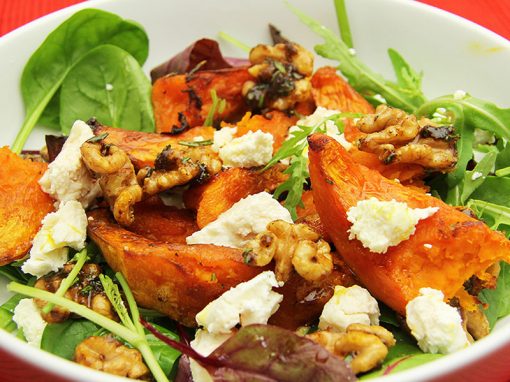

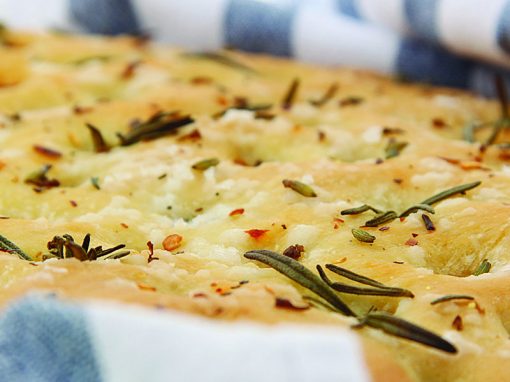
Sign up to receive our newsletter
For the latest producer info, shows, markets, recipes, competitions and more. Please be assured that we don't sell or pass on your information to third parties.
Keep up to date with:
- New and approved producers and produce
- Offers, discounts, competitions and more
- Seasonal produce and great tasting downloadable recipe ideas
- Shows, events and markets
